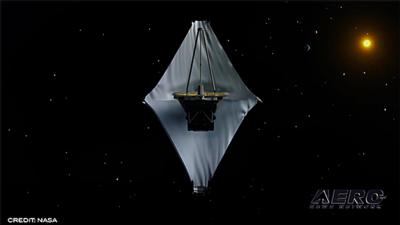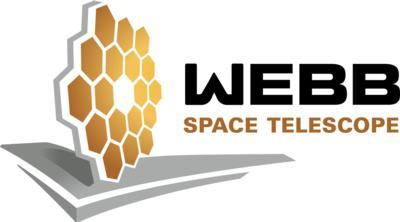Wed, Jan 05, 2022
Telescope is Through the Woods with 75% of its Failure Points Behind it
NASA's latest update on its groundbreaking Webb Telescope has cleared more than three fourths of the spacecraft's 344 single points of failure. The multi-layered sunshield has been successfully deployed without issue, says the agency. The occasion marks the end of the majority of the Webb mission's nail-biters, with most deployment operations much safer as the focusing mirror moves itself into its primary configuration.

NASA's enthusiasm for the project is palpable, for good reason. The telescope represents what's likely the most demanding, technologically advanced mission in decades, integrating the expertise of every bit of the agency's best minds. The multi-stage deployment of the sunshield saw the unfurling and extension of the layered material, vital to keep sunlight and heat from interfering with the telescope's instruments. The thin plastic sheets are as thin as a hair, even with their metallic, reflective metal coating across their 69.5 x 46.5-foot span. With all layers operational and correctly positioned, Webb can bring temperatures low enough to use its ultra sensitive infrared imaging systems to see faint light sources in the depths of space. The materials involved were specially selected and reinforced to mitigate lifetime damage from meteorites, as well as slight variations in expansion with temperature fluctuations.

“This is the first time anyone has ever attempted to put a telescope this large into space,” said Thomas Zurbuchen, associate administrator for NASA’s Science Mission Directorate. “Webb required not only careful assembly but also careful deployments. The success of its most challenging deployment – the sunshield – is an incredible testament to the human ingenuity and engineering skill that will enable Webb to accomplish its science goals.”
“The sunshield is remarkable as it will protect the telescope on this historic mission,” said Jim Flynn, sunshield manager at Northrop Grumman, the major mover and shaker on Webb. “This milestone represents the pioneering spirit of thousands of engineers, scientists, and technicians who spent significant portions of their careers developing, designing, manufacturing, and testing this first-of-its-kind space technology.”
More News
Decision Altitude (DA) A specified altitude (mean sea level (MSL)) on an instrument approach procedure (ILS, GLS, vertically guided RNAV) at which the pilot must decide whether to >[...]
Aero Linx: T-34 Association, Inc. The T-34 Association was formed in July 1975 so that individuals purchasing then military surplus T-34As had an organization which would provide s>[...]
As He Released The Brakes To Begin Taxiing, The Brake Pedals Went To The Floor With No Braking Action Analysis: The pilot reported that during engine start up, he applied the brake>[...]
“Legislation like the Mental Health in Aviation Act is still imperative to hold the FAA accountable for the changes they clearly acknowledge need to be made... We cannot wait>[...]
Also: IAE Acquires Diamond Trainers, Army Drones, FedEx Pilots Warning, DA62 MPP To Dresden Tech Uni The danger to the flight training industry and our future pilots is clear. Dona>[...]
 ANN's Daily Aero-Term (12.08.25): Decision Altitude (DA)
ANN's Daily Aero-Term (12.08.25): Decision Altitude (DA) ANN's Daily Aero-Linx (12.08.25)
ANN's Daily Aero-Linx (12.08.25) NTSB Final Report: Piper PA-31T3
NTSB Final Report: Piper PA-31T3 Aero-News: Quote of the Day (12.08.25)
Aero-News: Quote of the Day (12.08.25) Airborne-Flight Training 12.04.25: Ldg Fee Danger, Av Mental Health, PC-7 MKX
Airborne-Flight Training 12.04.25: Ldg Fee Danger, Av Mental Health, PC-7 MKX




